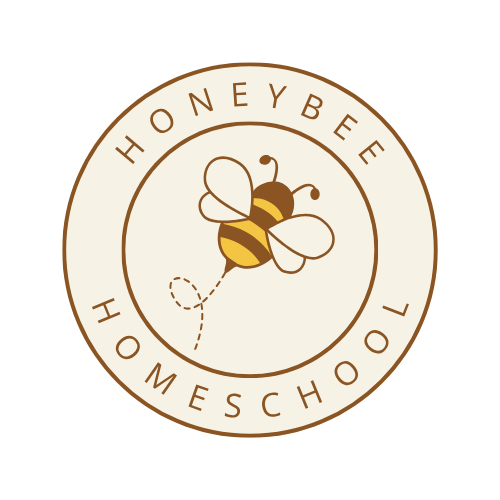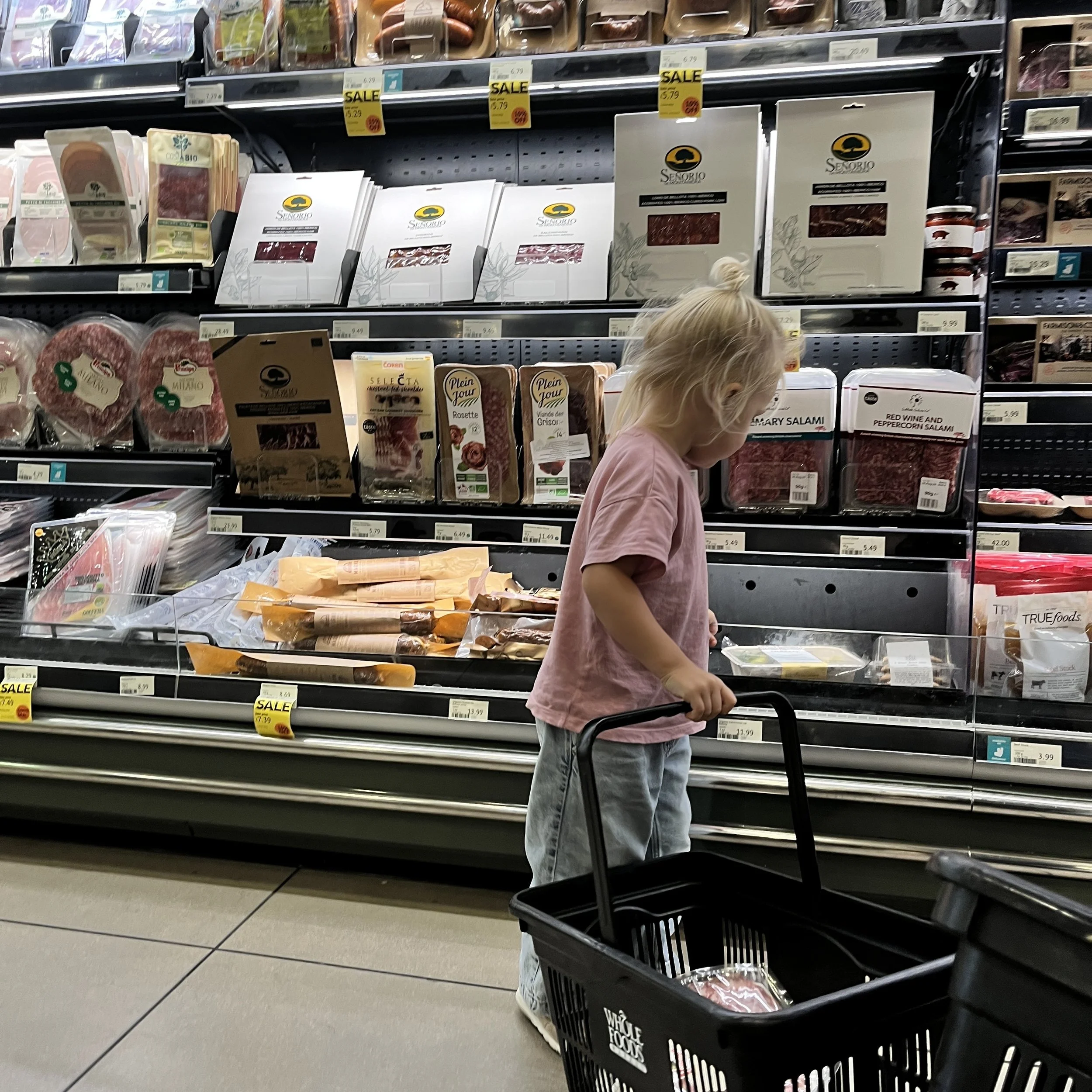Preschool Goals for a 4-Year-Old: A Gentle Guide for Homeschool and Hybrid Families
If you have a 4-year-old at home, you’re probably wondering what exactly they “should” be learning right now. Should they already know their letters? Be writing their name? Counting to 100?
Here’s the truth — preschool is not about cramming academics. It’s about building a foundation of curiosity, confidence, and independence. Whether you’re homeschooling full-time or part of a hybrid program, this stage is about nurturing a love for learning and preparing your child for the rhythm of school in a playful, age-appropriate way.
Let’s walk through realistic preschool goals for a 4-year-old and how you can gently weave them into your homeschool days.
The Importance of Preschool at Home
Homeschooling (or even a few hybrid days a week) offers something traditional preschool often can’t — time and flexibility. You can move at your child’s pace, honor their interests, and integrate learning into daily life.
Preschool goals at this age aren’t about worksheets or rigid milestones. They’re about developing fine and gross motor skills, early literacy and numeracy awareness, social and emotional confidence, and independence in daily routines.
So instead of thinking in terms of “what my child should know,” think of it as “what skills we can practice together this year.”
Core Preschool Goals for a 4-Year-Old
1. Language and Literacy
At this age, literacy development is all about exposure, not memorization. Here are some general goals for language and communication for your 4 year old. (source)
Your 4-year-old might:
Recognize some letters and the sounds they make
Notice their first name in print
Retell parts of a story
Enjoy rhyming games or silly sound play
Begin forming letters, even if they’re a little wobbly
How to practice at home:
Read aloud every single day (picture books, poetry, fairy tales, or nature stories). I am a big fan of including books and stories with more complex sentences-- this can help to build their vocabulary and comprehension.
Let your child see you write — grocery lists, notes, recipes — and invite them to “help.”
Play sound games like, “What starts with the /b/ sound?”
Have a basket of magnetic letters, chalk, or sand for tracing and letter play.
2. Early Math Skills
Math in preschool looks like counting snack pieces, sorting leaves, and noticing patterns in nature.
Your 4-year-old might:
Count to 10 or beyond (with or without skipping numbers)
Identify basic shapes and colors
Sort objects by size or type
Recognize numbers 1–10
Understand simple comparisons like “more” and “less”
At-home ideas:
Cook together — measure ingredients and compare quantities.
Collect and sort objects from a nature walk.
Build towers or patterns with blocks.
Use calendar time to talk about numbers and days of the week.
3. Fine Motor Skills
Fine motor control supports future writing, cutting, and even self-care skills like buttoning clothes or zipping coats.
Ways to build fine motor strength:
String small objects like beads or pasta
Use child-safe scissors to cut lines or shapes
Build with playdough, clay, or kinetic sand
Practice pouring water between cups or using tongs for sorting games
Trace shapes in sand, salt, or shaving cream
If you’re following a Montessori approach, practical life activities (like pouring, spooning, and folding) double as incredible fine motor work.
4. Gross Motor Skills
A healthy body supports a healthy brain. Physical play improves coordination, balance, and focus.
Ways to Build Gross Motor Skills:
Running, jumping, skipping, and hopping
Throwing and catching a ball
Climbing and swinging at the playground
Dancing or doing kid yoga together
Many homeschoolers weave these into morning time or outdoor play breaks between lessons. Hybrid programs often have structured gym or movement time — try to mirror that rhythm at home on off-days.
5. Social and Emotional Development
At four, children are learning to navigate friendships, handle basic emotions like frustration, and express big feelings appropriately. If your child does not have siblings, try to find other children for them to practice these skills!
Goals for social development:
Taking turns and sharing
Using words to express needs
Listening to others during group time
Following 2–3 step directions
Beginning to empathize with others
Practice At home:
Play simple board games that require taking turns.
Model calm communication and problem-solving.
Role-play social scenarios (“What could you say if someone takes your toy?”).
In hybrid programs, help your child reflect after school days — “What was something kind you did today?”
This is also a great age to start introducing emotional vocabulary: happy, nervous, frustrated, proud, tired, etc.
6. Practical Life and Independence
This is one of the most rewarding areas of homeschooling a preschooler — watching them gain independence!
By age 4, most children can:
Dress themselves (with a little help on tricky buttons)
Help set the table or clear dishes
Wash hands independently
Clean up toys when asked
Put on shoes or coats
You can nurture these skills by building simple rhythms into your homeschool day: morning routines, snack prep, and tidy-up time. Montessori educators often call this “freedom within structure.”
7. Cognitive and Creative Thinking
Your preschooler’s brain is exploding with imagination right now. Open-ended play and storytelling are some of the best ways to build problem-solving and cognitive skills.
Encourage:
Pretend play (kitchen, shop, doctor’s office, etc.)
Building challenges with blocks or loose parts
Puzzles and memory games
Music, dance, or art projects
Let curiosity lead. When your child asks “why?” fifty times a day, lean into it — look up answers together, read library books on their favorite topics, or do a simple hands-on experiment.
Creating a Gentle Preschool Rhythm at Home
Preschool doesn’t need to look like a full school day. Two to three focused hours of “learning time” spread through play, stories, and movement is plenty.
A simple homeschool preschool schedule might look like:
Morning: Circle time, songs, read-alouds, or a morning basket
Late morning: Outdoor play or nature walk
Afternoon: Art, sensory play, or practical life activity
Evening: Family read-aloud or storytelling before bed
Remember — life is the curriculum. Folding laundry, baking, gardening, or visiting the library all count as meaningful learning experiences.
Final Thoughts: Keep It Playful and Purposeful
Please please please remember— these are all just very general guidelines. You know your child best! Preschool goals for a 4-year-old aren’t about checking boxes — they’re about guiding your child toward independence, curiosity, and joy. Whether you’re fully homeschooling or participating in a hybrid preschool program, give yourself permission to slow down and enjoy this season.
Focus less on “readiness” and more on the relationship. Because when your child feels connected and confident, learning naturally follows.











